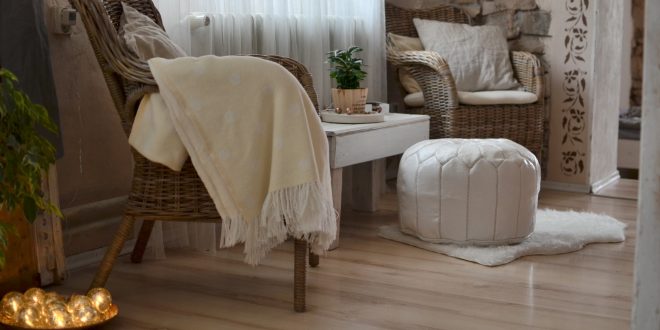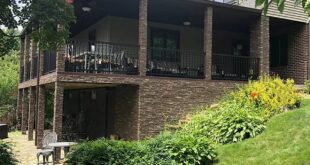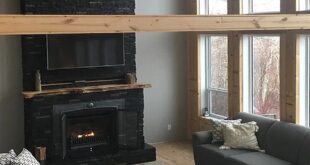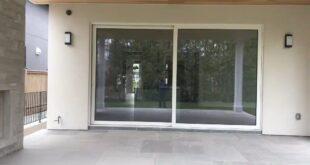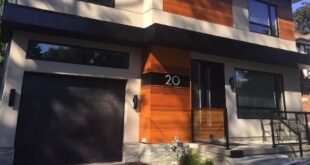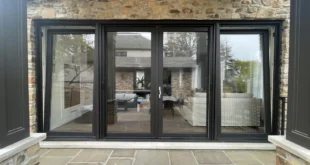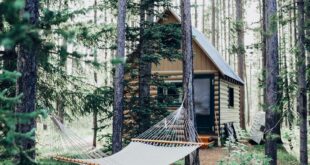If pure happiness had weight and shape, it would be the main selling point for Denmark. Despite the strict tax policy, gloomy climate and the highest prices of food products in the European Union, Denmark is one of the leading countries when it comes to happiness ranking at the top each year. You may be wondering how they achieve this and what their secret is. There is no simple answer to this question. However, one thing they have is Hygge – a special way to live, tidy your home and organize your space.
What is Hygge?
There is a word in every language that you cannot translate. There is such word in Danish too and it is “Hygge” – a word that began to be used in the middle of the last century. Nowadays, “Hygge” means “comfort that makes you happy”. It is interesting to point out, that there are similar concepts in some of the other Scandinavian countries like Sweden, Norway and the Netherlands. They all mean comfort, safety and well-being to one point or another. Therefore, when home design is concerned, the basis of Hygge is fundamental for the whole region – calm, modest, and solid Scandinavian style.

Hygge at Home
Restraint and simplicity are in the core of Hygge philosophy and way of life. For example, a famous Hygge specialist with the name Mike Viking, who is a researcher in the field of quality of life, says that Hygge is a closed, everyday way of life, in which pretentious luxury and glamor are absolutely inappropriate. Here you can easily find the features of minimalism, Scandinavian design, chalet and retro styles.
Danish households, where the Hygge is valued, do not have much furniture. Recycling and reasonable consumption are two valuable things we can learn from the Danes. At the same time, their thrift and ability to settle for a small number of things has nothing to do with greed and even more so with poverty. On the contrary, it is a sign of respect for one’s own, and respect for nature. Many design studios these days offer the so-called Hygge furniture: simple in shape but very elastic, body-wrapped armchairs and sofas, small tea tables, candlestick shelves. Other things you can often see in a Danish house are antiques – tables with sliding tops, sofas with slightly rounded backs and armrests, as well as chairs with curved legs. The atmosphere of the Hygge always contains retro elements. It can even be just one thing: your aunt’s mirror leaning against the wall, a sewing machine turned into a dressing table, or an old suitcase in the shape of a nightstand.
Hygge has no specific rules regarding colors. However, the Scandinavian interior design is concentrated around light neutral tones: white, ash, sand and sky blue. Comfort is important for hygge, so if you like more saturated warm colors, you should not give them up. For example, cherry, emerald green, terracotta, turquoise and purple tones can be added to your main color palette in the form of bed covers, carpet, pouf or pillows.
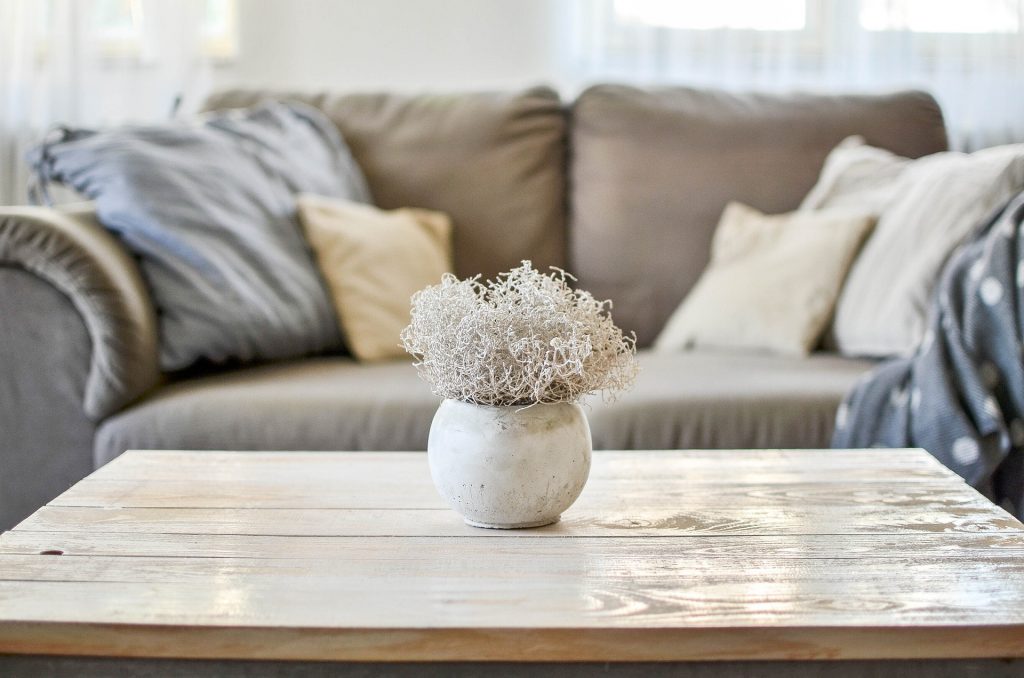
Living Room
Remember that hospitality is one of the components of Danish lifestyle. Therefore, when planning and arranging the furniture, think not only of your family members, but also of the guests who might come. If your space allows it, arrange several tables – for different foods or for board games, which are a good pastime. Moreover, you can add a fireplace if you home allows it and you can afford it.
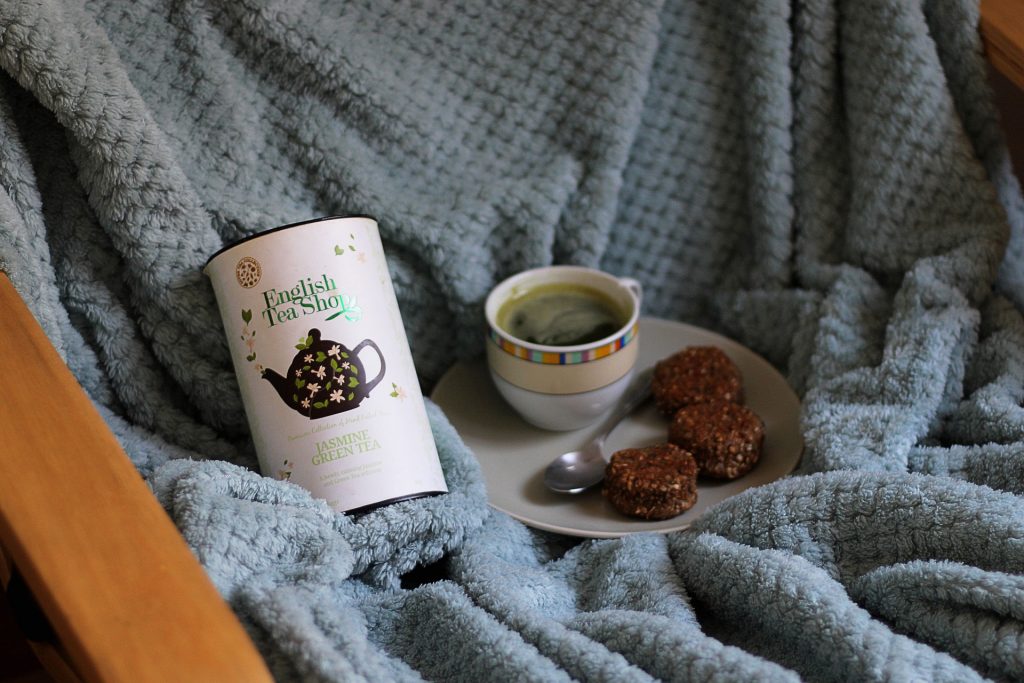
Bedroom
One of the habits of Danes is reading a newspaper in bed while drinking their morning coffee. To indulge in this activity with maximum pleasure, it is good to have a spacious bed with soft, fluffy blankets and pillows.
In addition to plain sheets and blankets, you can also use soft and rough knitted bed covers, decorate the bedroom wall with bookshelves, pictures and paintings.
Bathroom
Scented candles placed in glass cups, jars of colored salt, scented bath bombs and natural cosmetics arranged in vine baskets will allow you to achieve the effect of hygge without resorting to other, more expensive means. Generally speaking, hygge does not require major repairs and significant investment for it. However, if you can afford it, you can create a very sophisticated minimalist interior.
Kitchen and Appliances
In a Danes’ house, the kitchen is an intimate, even magical place. Popular authors who promote Danish art of happiness advise you to improve your home by starting cooking classes. It is very important to learn how to bake Danish walnut rolls, cinnamon pretzels and coconut muffins since Danes believe that delicious, and at the same time simple, homemade food and fragrant sweets, make a person happier, more humble and friendly. Therefore, in the kitchen there should be a good multifunctional oven, and a shelf with a collection of recipe books. And of course, there should also be a solid dining table on which you can enjoy your food with your family and friends.
From hygge’s point of view, the dishes are also extremely important and add even more appeal to the food. These are usually ceramic bowls, jugs and teapots, complemented by knitted coasters and holders. The glasses in beautiful knitted holders are extremely popular among the Danes. In addition, there can be cast iron pans with separate compartments, old tin cups and wooden trays.
 Happy at Home Family Problems & Solutions | Home & Health Tips
Happy at Home Family Problems & Solutions | Home & Health Tips
